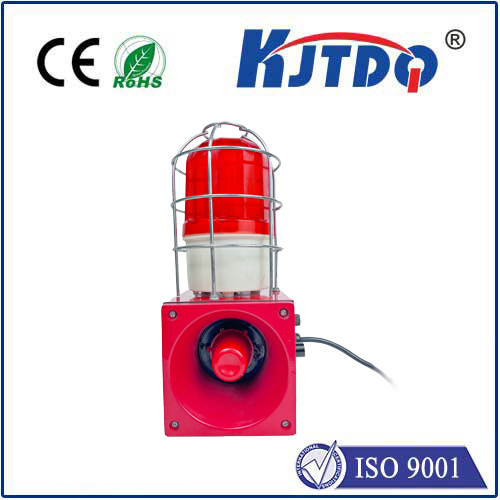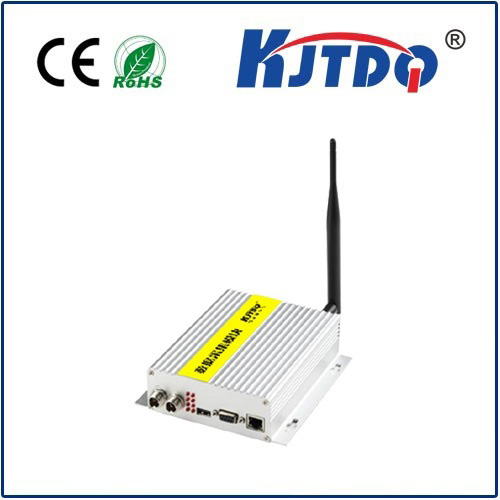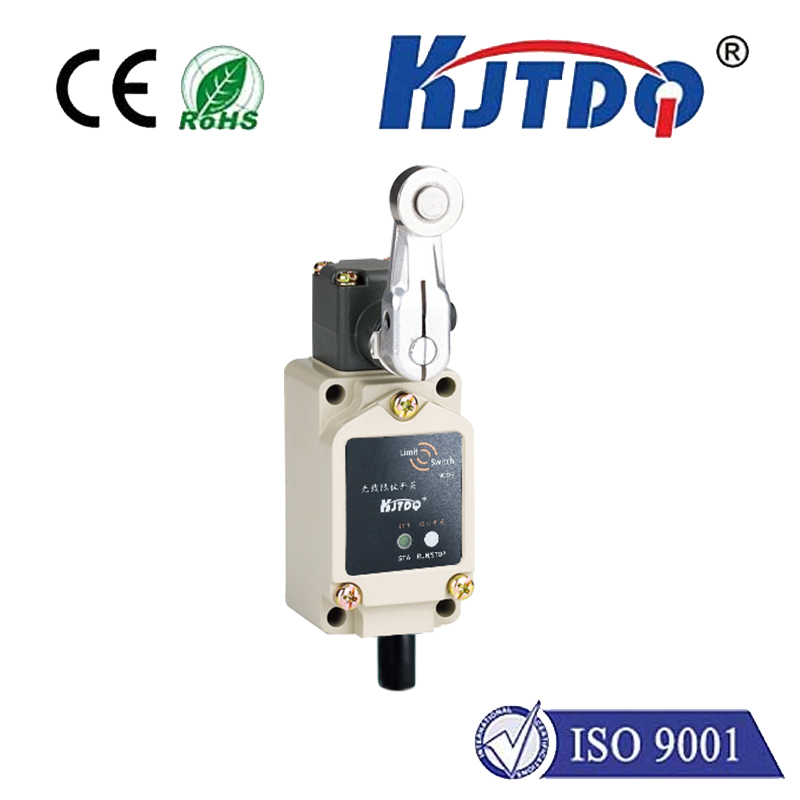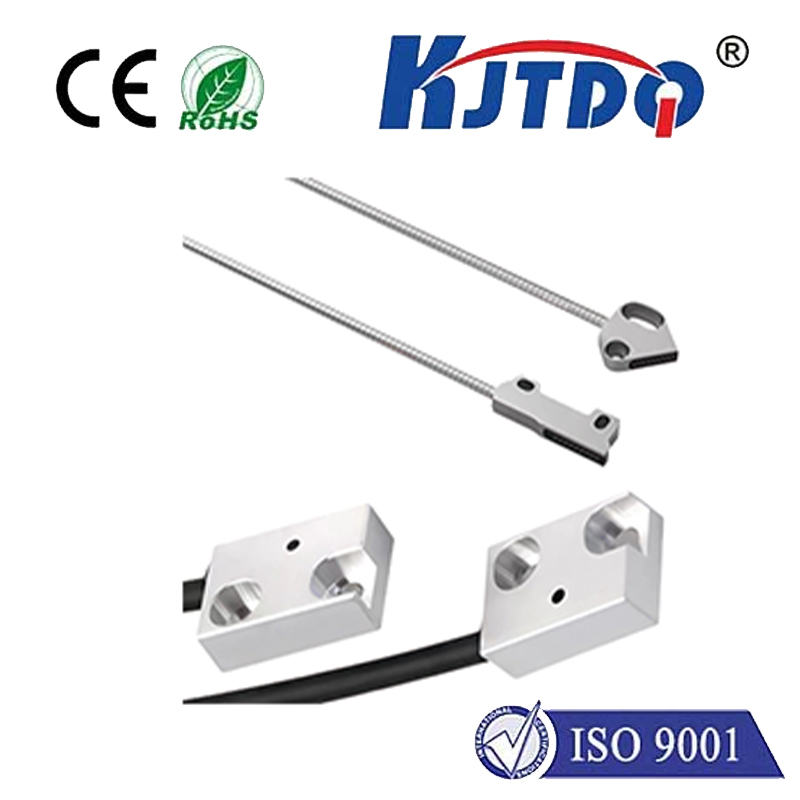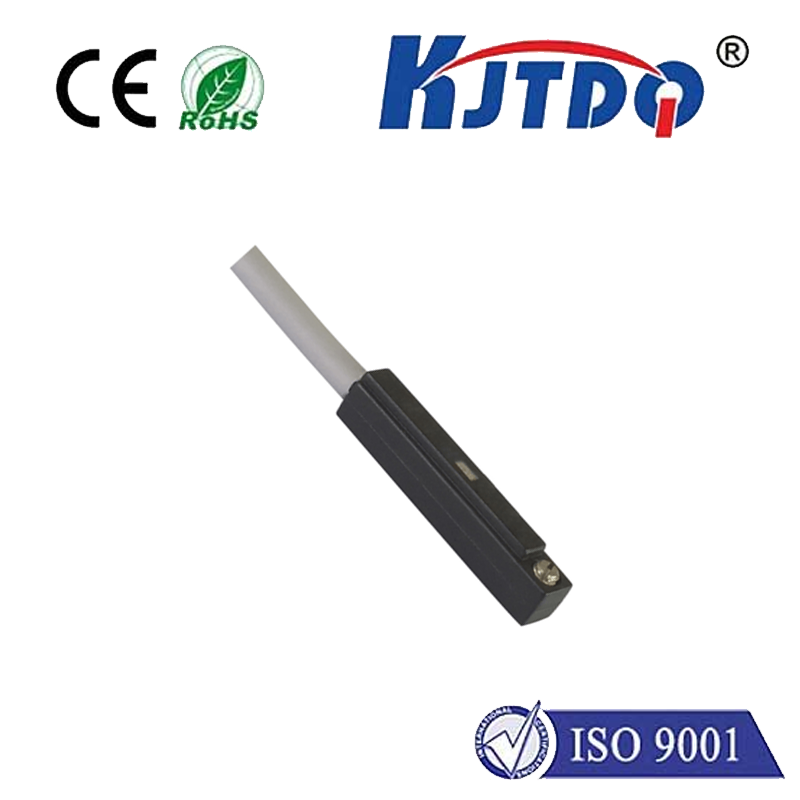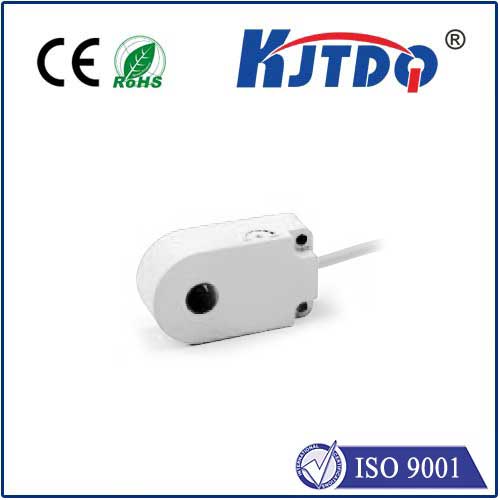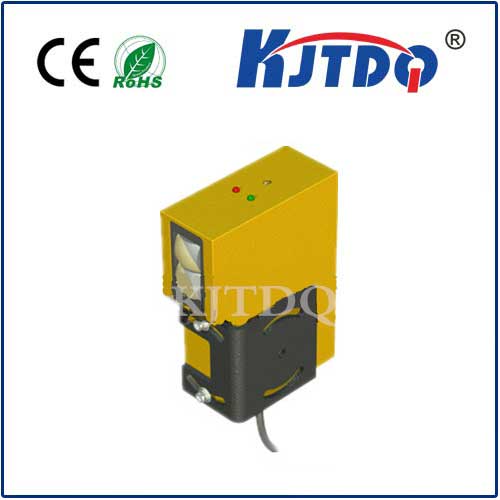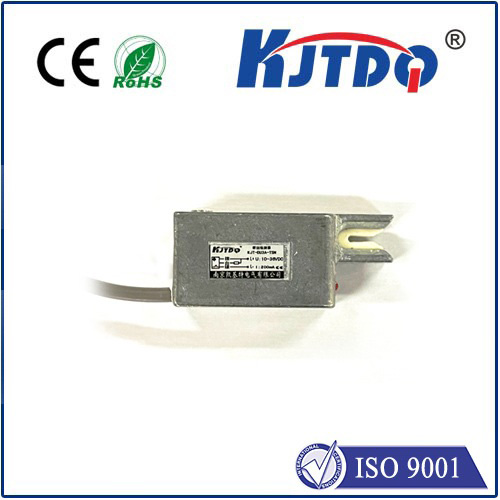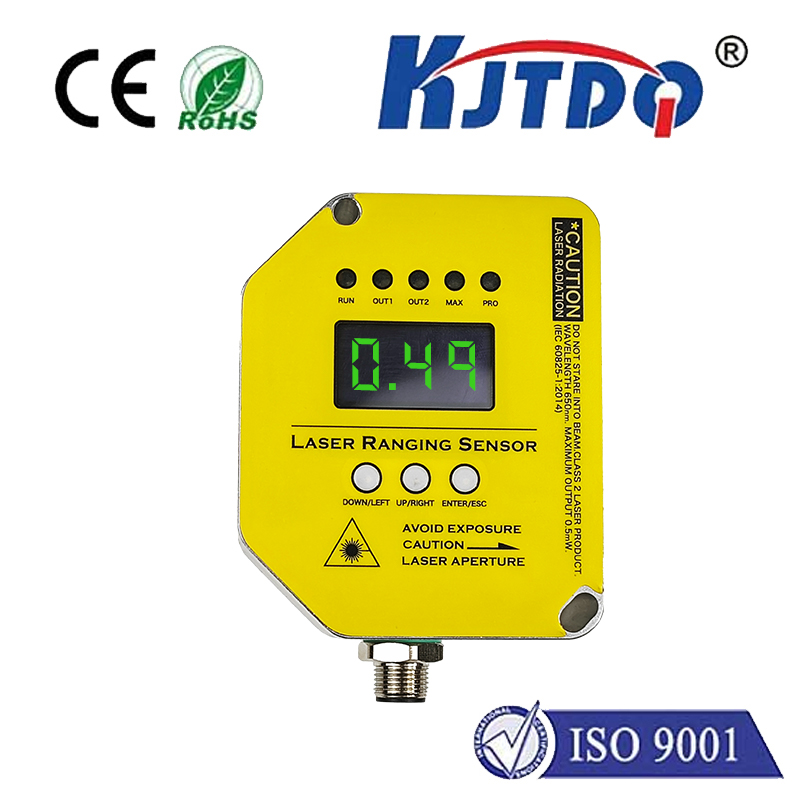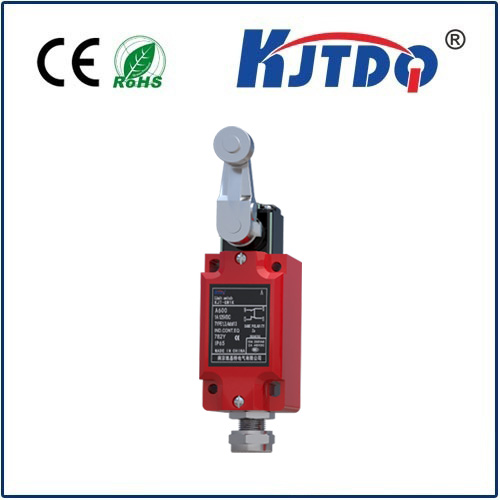
check

check

check

check
In the realm of modern automation, limit switch sensors emerge as a cornerstone technology, indispensable for ensuring precise control and operational safety across myriad industrial applications. These unassuming devices play an outsized role in optimizing machinery performance and safeguarding human operators, making them fundamental to contemporary automation systems.
At their core, limit switch sensors are designed to detect the physical position of an object or the existence of an object within a set parameter. They operate by sensing the presence of an object through mechanical contact or non-contact methods such as magnetic fields or photoelectric beams. When the object enters or leaves the sensor’s field, the sensor sends an electrical signal to trigger a response – stopping a motor, activating an alarm, or initiating another process.

The versatility of limit switch sensors is reflected in their widespread adoption across various industries. In manufacturing plants, these sensors ensure machinery operates within safe parameters, thereby preventing equipment damage and reducing downtime. In conveyor systems, they manage the flow of goods, signaling when items reach certain points or need redirection. Even in the automotive industry, limit switches are employed in parking mechanisms and door locks for enhanced user safety and convenience. Moreover, in environmental monitoring and control systems, limit switch sensors track conditions like temperature and humidity, triggering adjustments to maintain optimal settings. Their role in escalator and elevator systems cannot be overlooked either; these sensors ensure smooth, safe operation by managing door movements and tracking car positions.
One of the primary benefits of employing limit switch sensors is the enhancement of operational efficiency. By automating repetitive tasks and ensuring machinery operates within predefined limits, these sensors reduce the need for manual oversight, minimize errors, and increase productivity. They also contribute to energy savings by powering down machines when not in use or adjusting operations based on real-time data. Perhaps more crucially, limit switch sensors serve as a frontline defense in workplace safety. They monitor hazardous areas to prevent unauthorized access, control heavy machinery to avoid accidents, and ensure compliance with safety protocols. This dual capacity for increasing both efficiency and safety makes them invaluable in any automated system.
As the world of automation continues to evolve, so too does the technology underpinning limit switch sensors. Innovations such as wireless communication capabilities, greater integration with Internet of Things (IoT) platforms, and enhanced durability in harsh environments promise to extend their applicability and effectiveness even further. Future developments may see limit switch sensors becoming increasingly sophisticated, with advanced analytics and predictive maintenance features that anticipate failures before they occur.
Limit switch sensors represent a vital cog in the machinery of modern automation, seamlessly blending simplicity with profound impact. Their ability to enhance efficiency, ensure operational integrity, and provide critical safety measures underscores their significance across diverse sectors. As technology advances, the potential for these sensors to further revolutionize automation and safety protocols remains boundless, solidifying their status as essential components in the industrial landscape.
